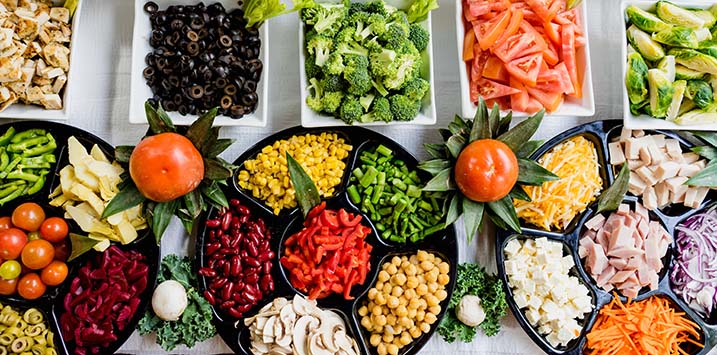
Food inflation – why is it rising rapidly?
Many commodities – including cereals, oilseeds, dairy products and pork – which make up the UN Food and Agriculture World Food Price Index, are on the rise. The table below illustrates the move over the past five years and the past twelve months.
| Commodity | Unit(US$) | Price 31/1/2016 | Price 31/1/2020 | Price 31/1/2021 | Change (%) over 5 years | Change (%) over 12 months |
| UN Food and Agriculture World Food Price Index | 84.87 | 102.45 | 113.26 | +33 | +11 | |
| Corn | bushel | 3.72 | 3.81 | 5.47 | +47 | +44 |
| Soybeans | bushel | 8.82 | 8.72 | 13.70 | +55 | +57 |
| Sorghum | bushel | 5.10 | 5.08 | 6.36 | +25 | +25 |
| Rice | bushels | 11.34 | 13.61 | 13.46 | +19 | -1 |
| Wheat | bushels | 4.79 | 5.16 | 6.63 | +38 | +28 |
| Pork | lbs | 0.65 | 0.57 | 0.70 | +8 | +23 |
In the past twelve months, we have seen Corn (+44 per cent), Soybeans (+57 per cent), Sorghum (+25 per cent), Wheat (+28 per cent) and Pork (+23 per cent) all record significant price increases.
Supply tightness in major palm oil-producing countries, strikes and drought conditions in Argentina (La Nina), and strong demand from China have conspired to promote food price inflation.
Commodity prices have their strongest impact on the poorest countries, which usually depend on them for much of their export earnings and government revenue. In middle and high-income countries, the impact is concentrated on households at the bottom of the income distribution, which spend a relatively high share of their income on food, fuel and manufactured goods.
It is interesting to focus on early-2011, the last time the world experienced rampant food price inflation, which happened to coincide with the “Arab Spring” in Tunisia, Algeria, Jordon, Oman, Saudi Arabia, Bahrain, Libya and Syria.
On the other side of the coin, Rural Australia is enjoying record farm revenues, high commodity prices, good growing conditions and record low interest rates. The price of rural properties continues to rise at a good clip and the owners’ equity has been increasing nicely. The Australian Farmland Index, for example, argues total farmland annualised returns, comprising both capital growth and income, have easily exceeded ten percent for each of the five years 2016 to 2020, inclusively.
According to the Rabobank Rural Confidence Survey, rural confidence in the December 2020 Quarter was at its highest level since the March 2008 Quarter, and investment intentions are at their highest point since the June 2011 Quarter.